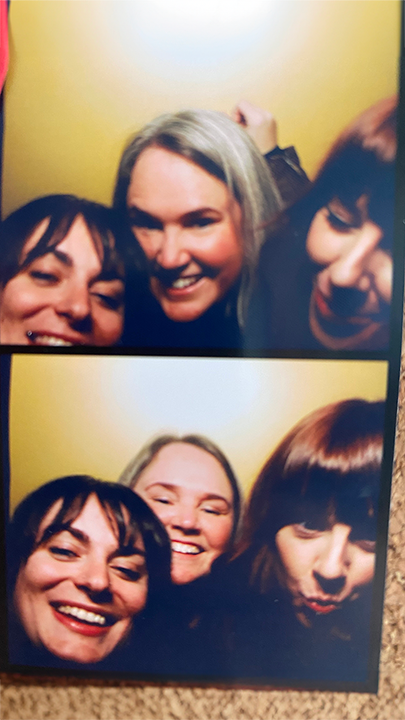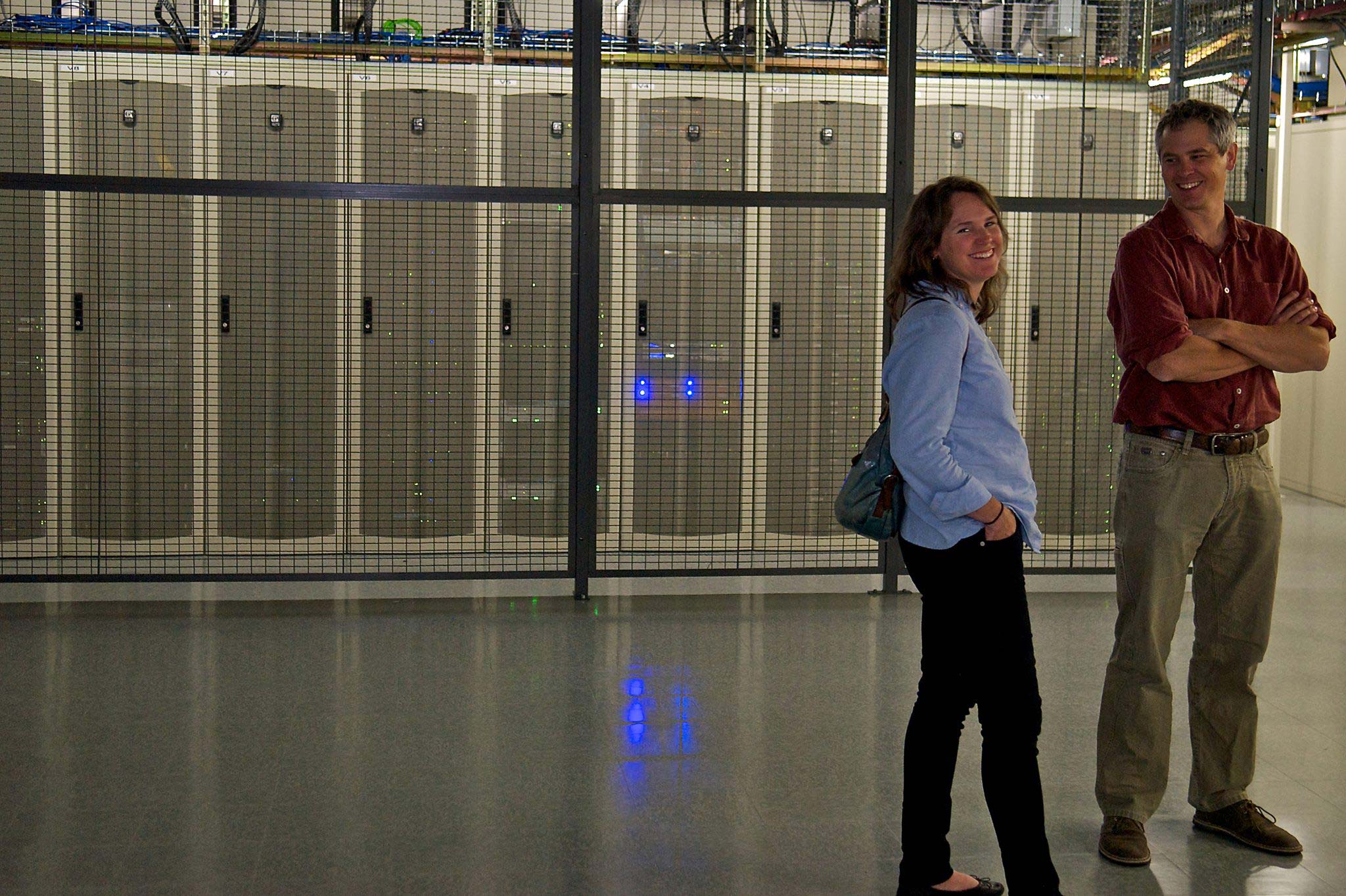“Authenticity directly equates to the differences in culture at TGG”
“Molly cultivates a workplace where individuals feel empowered to bring their whole selves to work.”
In March, we honor Women's History Month, a time dedicated to celebrating the achievements and contributions of women throughout history.
The Gartrell Group occupies a unique space in the world of GIS and software development. We are a Woman Owned Small Business (WOSB) in a male-dominated industry. Our company is still somewhat reflective of the industry in that most of our team are men, but we have an ever-growing cadre of amazingly competent women.
I asked the women who work for The Gartrell Group, “What is it like to be a woman working for a woman-owned business in a dude-dominated industry? I feel like we have a company culture that's pretty counter to the norm in the tech industry. Have any of you worked for companies with different work cultures? Do you feel like we have something different here? Would you feel comfortable expanding on any of that?”
I received several thoughtful responses.
Liz Gaines was the first to put her hand up,
“In past roles, I've observed a tendency for women leaders to adopt a patriarchal style, perhaps to fit into male-dominated environments. However, my current experience at Gartrell, under Molly's leadership, stands out as truly unique.
For instance, I've witnessed Molly actively encouraging team members to voice their opinions and ideas, regardless of hierarchy or gender. She creates an environment where everyone feels valued and respected, leading to more innovative solutions and stronger team cohesion. Molly cultivates a workplace where individuals feel empowered to bring their whole selves to work by prioritizing inclusivity and authenticity.
Natalie Trimble added,
“I appreciate the empathy and emphasis on cultivating community I’ve experienced at Gartrell. I noticed a huge difference in how quickly I felt like part of the team here because I was included in weekly calls compared to another company where I was only contacted intermittently about assignments.”
Jenny Axelrod responded,
Authenticity directly equates to the differences in culture at Gartrell, in my opinion. Molly leads with authenticity, and it permeates through the culture. I see it reflected in the women and men who work at Gartrell.
Life happens while you are working. It’s hard to separate life and work - as we show up to work (and now work shows up in our homes) with our lives attached. That is understood, acknowledged, and accepted here. How Molly shares her personal experiences in real time is admirable and appreciated. I’ve experienced this with peers in prior workplaces but rarely from male leadership.
When a company has a good culture, it doesn’t have to be constantly brought up; it’s experienced and felt. It’s been my observation that Gartrell folks genuinely enjoy and appreciate our full group events – the Monday stand-ups*, and Thursday get-togethers**. I’ve experienced “culture-centric” workplaces where “great culture” feels more like “forced fun.”
Molly models inclusive leadership where employees are valued for their contributions and asked about themselves, work, kids, and pets (things she keys in on that are important to them). That creates a connection and sense of community that comes from the top (from both her and Bryce).”
Manasa Gurumurthy added,
“This is the first time in my life that I’ve worked for a woman-owned firm. In my past roles, I had to deal with managers and colleagues who were mostly men. My experience with them, to be honest, was quite frustrating; unheard, suppressed, and unable to voice my opinion. Yeah, it was a male-dominated industry.
At Gartrell, I can breathe, be myself, voice my opinion, and feel heard. And the best thing ever happens here at Gartrell: 1:1's with my CEO.
As a new Mom, I have heartfelt gratitude and genuine admiration for all the flexibility Molly has provided me. I can find a good balance in managing multiple things: baby, household chores, office work, etc.”
As someone who has had a front-row seat to the growth of The Gartrell Group, I can attest to the authenticity and caring that has driven the “culture” of the organization as we know it now. I also had a front-row seat for the cultivation of these principles. I knew Molly and Bryce when they were kids, and it’s amazing that they have been able to build a successful business based on the love and sense of community service imbued in them by their parents. Their parents were extremely involved in the community and were always welcoming and kind.
The Gartrell Group is a woman-owned small business, but that hasn’t always been the case. Bryce Gartrell started the business out of his basement and soon realized he needed help running things. Many small businesses fail because the founder is good at doing what the business is focused on but less skilled at running a business. Bryce recognized this early on and recognized his sister Molly’s talent for doing that part of the business. Bryce could put his head down and get to work, knowing that Molly would keep the lights on.
In our round-table discussion, Molly, being her humble self, didn’t want Bryce left out of the leadership discussion and finished up our conversation with,
“Much of the reason I can do what I do here is because Bryce has always trusted me to lead in the ways that feel right to me. He is humble in his praise of my work and hearing it from others, but I don't want to diminish the significance of his role in it. No matter our titles, we are partners in our leadership of The Gartrell Group.”
Molly and Bryce circa 1995.
Molly and Bryce back when we had physical servers to maintain.
Team TGG, with Molly and Bryce, in the great outdoors.
The team gathers IRL!
* (editors note: we gather virtually every Monday morning for an all-hands, quick check-in)
** (editors note: those who can, gather IRL for drinks and conversations after work on Thursdays)













